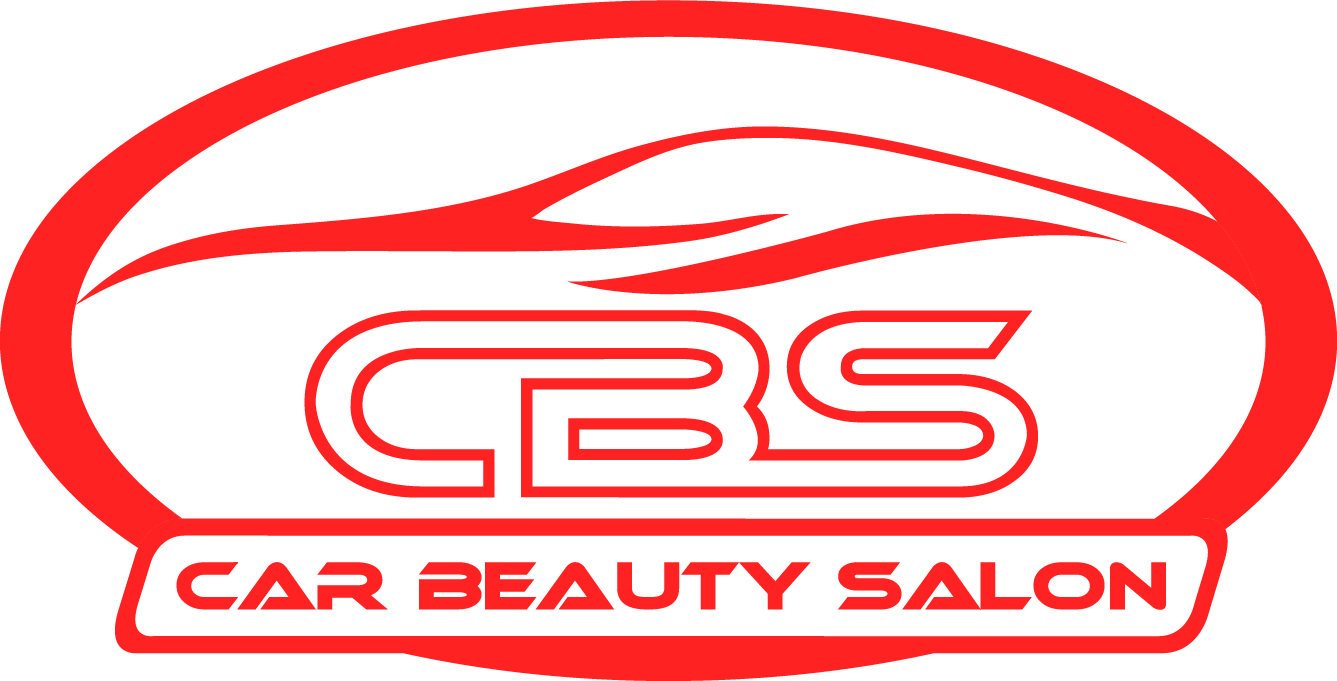Mastering the art of panel beating demands both expertise and the proper tools. From basic hand tools that form the basis of every project to sophisticated power tools that ensure precision and speed, each tool serves a critical purpose.
Accurate repairs are made easier with precise measuring and marking tools, while safety gear protects the artisan throughout the process. Specialized equipment quietly enhances one’s craft, elevating it from good to exceptional.
Explore the essential panel beating tools that will revolutionize your panel beating endeavors.
Essential Hand Tools Every Panel Beater Needs
The toolkit of a professional panel beater is brimming with a variety of instruments designed to tackle the nuanced task of shaping and repairing metal.
Among these, essential hand tools take center stage for their direct role in precision work.
Hammer and dolly sets, crucial for reshaping metal panels, work seamlessly together to address dents and deformations with precision.
Meanwhile, body files emerge as indispensable for smoothing out rough surfaces, ensuring a flawless finish before any paint or primer application.
Each tool, with its specialized function, contributes significantly to the meticulous process of panel beating, underscoring the craftsmanship involved in auto body work.
Hammer and Dolly Sets for Reshaping Metal Panels
When it comes to sculpting and realigning metal surfaces, a hammer and dolly set emerge as the go-to duo for any seasoned panel beater. These sets provide versatility, allowing the professional to apply force precisely where it’s needed, thus facilitating the intricate process of massaging metal back to its original form.
Employing a variety of hammers and dollies, each designed for specific kinds of impacts and angles, enables artisans to work with a wide range of metals and panel shapes. Through skilled hammer strikes against a dolly held against the metal’s opposite side, the harmonious action works to efficiently smooth out dents and warps without stretching the metal unnecessarily.
Body Files for Smoothing Out Rough Surfaces
Body files stand out as the guardian of smooth finishes in the realm of panel beating. With their fine teeth designed to level and refine metal surfaces, these tools bridge the gap between rough shaping and the readiness for paint or primer. Precision comes into play as the panel beater skillfully guides the file over contours and planes, ensuring that every imperfection is addressed.
The versatility of body files offers a tailored approach to surface preparation, allowing artisans to select the appropriate cut and coarseness based on the specific demands of the metal they are working with. This careful selection ensures that each stroke not only removes unwanted blemishes but also preserves the integrity of the panel, setting the stage for a seamless transition to finishing touches.
Advanced Power Tools for Precision Work in Panel Beating
Moving beyond the realm of manual labor, the evolution of panel beating has welcomed a suite of advanced power tools that elevate the precision and efficiency of this craft.
Among these, pneumatic planishing hammers and electric grinders stand out for their ability to fine-tune metal surfaces and prepare panels with unmatched speed.
The pneumatic planishing hammer delivers controlled, high-speed impacts, making it ideal for achieving smooth, refined finishes on metal surfaces.
Electric grinders, on the other hand, swiftly strip away old paint and rust, creating a clean slate for repair or restoration work.
Together, these tools embody the modern edge in panel beating, where power meets precision to transform metalwork.
Pneumatic Planishing Hammers for Fine Shaping
Pneumatic planishing hammers emerge as game-changers in the domain of fine shaping, providing panel beaters with the ability to perfect metal surfaces like never before. Their precision-driven, rapid impacts facilitate the smoothing of metal without the risk of overstretching, essential for achieving that pristine finish. The levels of control and speed these hammers offer are unparalleled, marking a significant advance in the tools accessible to modern-day professionals.
Integrating a pneumatic planishing hammer into panel beating operations transforms the approach to finishing work. Artisans can leverage the high-frequency taps bestowed by this tool to meticulously shape metal panels, ensuring each curve and corner aligns flawlessly with the vehicle’s original design. This not only speeds up the repair process but elevates the quality of the work, illustrating the crucial role advanced power tools play in the evolution of panel beating.
Electric Grinders to Remove Paint and Rust Efficiently
Electric grinders, a fundamental part of the professional panel beater’s toolkit, distinguish themselves through their robust efficiency in stripping away layers of paint and rust from metal surfaces. Their high-powered abrasive action makes quick work of what could otherwise be a tedious task, saving precious time in the workshop.
These versatile machines are not just about power; they bring a level of precision that allows for careful preparation of the workpiece. By adjusting speed and selecting the appropriate grinding disc, artisans can control the removal process to avoid damaging the integrity of the metal beneath the unwanted layers.
Measuring and Marking Tools for Accurate Repairs
The precision of the panel beating craft extends beyond the shaping and smoothing of metal surfaces; it also requires accurate measurement and clear marking to ensure repairs are executed flawlessly.
Digital calipers and marking pens emerge as essential tools for professional panel beaters, offering the means to achieve these meticulous standards.
Digital calipers provide the precision necessary for measuring distances and thicknesses down to fractions of a millimeter, critical for fitting new panels or assessing damage accurately.
Marking pens, specially designed to be easily visible on metal surfaces, allow artisans to outline repair areas or cut lines with confidence, ensuring that each modification is both precise and in line with the vehicle’s original contours.
Digital Calipers for Precise Measurements
Digital calipers play a pivotal role in panel beating by offering unparalleled accuracy in measurements. This tool enables artisans to swiftly determine the dimensions of a dent, the thickness of a panel, or the gap between two surfaces, critical data for flawless repairs.
By integrating digital calipers into their workflow, panel beaters can ensure that each piece of metal matches the vehicle’s specifications exactly. These precise instruments help eliminate guesswork, making it easier to align new panels perfectly and verify that each repair maintains the integrity and aesthetics of the vehicle.
Marking Pens That Are Easily Visible on Metal Surfaces
Marking pens that offer highly visible marks on metal surfaces are indispensable to the precise and detailed nature of panel beating. They enable artisans to clearly demarcate areas requiring work, such as dents to be smoothed out or sections to be cut away. This clarity is paramount to maintaining the accuracy of repairs and ensuring that each modification blends seamlessly with the vehicle’s original design.
Equipped with these specialized marking pens, professionals can outline repair boundaries with confidence, making it straightforward to follow through with exacting interventions on the metal. The capability to leave clear, visible lines that resist smudging or fading during the repair process further streamlines workflow, saving time and enhancing the overall quality of the work undertaken.
Safety Gear to Protect You During Panel Beating Work
The execution of panel beating involves not just skill and precision, but also a commitment to safety.
With sparks flying and heavy materials being manipulated, protective gear becomes a non-negotiable aspect of the professional’s toolkit.
Crafting and restoring metal requires both hands-on engagement with powerful tools and the handling of sharp edges, underlining the need for robust safety measures.
In this context, selecting the appropriate gloves and eye protection emerges as essential.
These elements of personal protective equipment serve not only to prevent injuries like cuts and abrasions but also to shield the artisan’s eyes from harmful sparks and debris.
Recognizing the right safety gear is a critical step in ensuring that the process of panel beating remains both effective and safe for the craftsman.
Choosing the Right Gloves to Prevent Cuts and Abrasions
Opting for the right type of gloves is fundamental for any panel beater aiming to guard against cuts and abrasions commonly encountered during metalwork. The intricate task requires gloves that combine durability with flexibility, enabling artisans to wield tools with precision while providing a steadfast barrier against sharp edges.
Material selection becomes paramount when choosing protective gloves for panel beating. Gloves crafted from materials like thick leather or advanced synthetic fibers offer the best of both worlds; they resist punctures and abrasions without sacrificing the tactile sensitivity needed for detailed metal shaping.
Eye Protection Against Sparks and Debris
Eye protection plays a pivotal role in safeguarding panel beaters from the flying sparks and debris that are byproducts of their work. The right eye gear, typically in the form of goggles or safety glasses with side shields, acts as a crucial barrier, preventing foreign particles from causing injury to the eyes.
The materials and design of eye protection gear are specifically tailored to withstand the rigorous conditions of metal work. High-strength polycarbonate lenses, for instance, offer not just clarity of vision but also resistance to impact, ensuring artisans can work with peace of mind, knowing their eyes are well-protected against common hazards.
Specialized Equipment That Elevates Your Craft
The art of panel beating has transcended traditional methods, welcoming specialized equipment that profoundly impacts the quality and efficiency of work.
Among these advancements, hydraulic flange tools stand out for their unparalleled ability to achieve perfect alignment of panels, a crucial step for seamless repairs.
Concurrently, the introduction of infrared paint curing lamps revolutionizes the drying process, significantly reducing waiting times and enhancing workflow efficiency.
These tools not only augment the precision of panel repairs but also introduce a level of convenience and speed previously unattainable, marking a significant evolution in panel beating techniques.
Hydraulic Flange Tools for Perfect Alignment
Hydraulic flange tools have redefined precision in the realm of panel beating. By exerting controlled pressure, these tools make it possible to flawlessly align panels, ensuring they fit together without gaps or misalignments. This capability is indispensable for professionals dedicated to delivering superior quality repairs that seamlessly blend with a vehicle’s original structure.
The efficiency of hydraulic flange tools stretches beyond mere alignment; they simplify processes that historically demanded extensive manual effort and time. Armed with the power to manipulate metal with precision, panel beaters can achieve exact alignments faster, enhancing the overall pace of projects without sacrificing craftsmanship or detail.
Infrared Paint Curing Lamps for Faster Drying Times
In the realm of panel beating, every second counts. That’s where infrared paint curing lamps shine, literally speeding up the drying process of paints and primers. Unlike traditional drying methods that rely on air drying or simple heat, these lamps use infrared radiation to penetrate the paint, ensuring a quick and even cure.
The inclusion of infrared paint curing lamps in a panel beater’s arsenal marks a significant leap in efficiency. By cutting down curing times, professionals can move through their projects with greater speed, without compromising on the quality or durability of the finish. This advantage is especially crucial in fast-paced environments where meeting deadlines is as important as the craftsmanship itself.
The significance of the “Professional Panel Beating Tools List for Artisans” cannot be overstated.
It underscores a comprehensive toolkit essential for the precision, efficiency, and safety required in the meticulous craft of panel beating.
Hammer and dolly sets, body files, advanced power tools like pneumatic planishing hammers and electric grinders, along with precise measuring and marking tools, empower artisans to achieve flawless metal shaping and preparation.
The inclusion of safety equipment, such as robust gloves and eye protection, ensures that these tasks can be performed without compromising the artisan’s well-being.
Specialized equipment like hydraulic flange tools and infrared paint curing lamps further enhance the ability to deliver superior quality repairs with unparalleled alignment and faster drying times.
Together, these tools not only elevate the standard of craftsmanship but also revolutionize the workflow, setting new benchmarks in the panel beating profession.
FAQs
How to use panel beating tools?
Panel beating tools are essential for anyone working in the automotive repair or restoration industry. These tools are designed to help shape and manipulate metal panels on vehicles, allowing for dent repair, panel straightening, and overall bodywork. To use panel beating tools effectively, it is important to have the right tools for the job and to understand how to use them properly.
When using panel beating tools, start by assessing the damage on the metal panel you are working on. Identify the dents, creases, or areas that need to be reshaped. Next, select the appropriate tool for the repair, such as a hammer, dolly, or body file. Using a combination of these tools, gently work on the damaged area, applying controlled force to gradually reshape the metal back to its original form. It is important to work slowly and methodically, ensuring that the panel is being reshaped evenly and without causing additional damage.
Practice and experience are key when it comes to using panel beating tools effectively. Take your time to familiarize yourself with different tools and techniques, and don’t be afraid to seek guidance from experienced professionals in the field. With the right tools, practice, and patience, you can achieve professional-looking results and restore vehicles to their former glory using panel beating tools.
Is panel beating hard?
Panel beating, also known as auto body repair, can be a challenging and intricate process that requires specialized skills and knowledge. While some may find it difficult, especially those without prior experience or training, others with a passion for working with cars and a knack for craftsmanship may find it more manageable. Panel beating involves repairing and reshaping the body panels of a vehicle that have been damaged due to collisions, rust, or other environmental factors. It requires a keen eye for detail, precision in metalworking, and a good understanding of vehicle mechanics.
The difficulty of panel beating also depends on the extent of the damage and the tools available. Some minor dents and scratches can be fixed relatively easily, while major structural damage may require advanced techniques and equipment. Professional panel beaters undergo specialized training to learn the ins and outs of the trade, including welding, painting, and using automotive tools. While panel beating can be challenging, it can also be a rewarding skill to master, as it allows individuals to restore vehicles to their former glory and take pride in their workmanship. With dedication, practice, and continued learning, anyone can become proficient in panel beating and achieve high-quality results.what are the panel beating techniques?
What materials are used in panel beating?
Panel beating is a specialized trade that involves restoring a vehicle’s bodywork to its original condition after it has been damaged. Various materials are used in panel beating to repair dents, scratches, and other imperfections in a car’s bodywork. One of the most common materials used in panel beating is body filler or filler putty, which is applied to smooth out dents and imperfections in the metal surface. This filler is typically made of a polyester resin mixed with a hardener, creating a durable and smooth finish.
In addition to body filler, panel beaters also use metalworking tools such as hammers, dollies, and anvils to reshape and repair damaged panels. These tools are used to carefully manipulate the metal back into its original shape, ensuring a seamless repair. Welding equipment is another essential material used in panel beating, allowing panel beaters to cut out damaged sections of metal and weld in new pieces to restore the vehicle’s bodywork. By combining these materials and techniques, panel beaters are able to effectively repair a wide range of damages and restore a vehicle to its pre-accident condition.what tools do you need to be a panel beater?
What tools does a panel beater use?
Panel beaters use a variety of specialized tools to repair and reshape damaged vehicle panels. One essential tool is the dolly, which is a heavy metal block used to support panels while they are being hammered back into shape. Panel beaters also rely on hammers, such as the pick hammer and the shrinking hammer, to shape and smooth out dents and creases on the metal surface. In addition, they use body files to further refine the surface and ensure a smooth finish.
Another important tool for panel beaters is the stud welder, which is used to pull out dents by welding a small stud onto the damaged area and then pulling it out with a special tool. Additionally, panel beaters use sanders and grinders to remove paint and rust from the metal surface before applying fillers and paints. Other tools in a panel beater’s arsenal include dent pullers, body saws, and spot welders, all of which are essential for effectively repairing damaged vehicle panels.
In conclusion, panel beaters use a combination of hand tools, power tools, and specialized equipment to restore damaged vehicle panels to their original condition. These tools allow panel beaters to reshape, smooth, and repair metal surfaces with precision and skill, ensuring that vehicles are restored to their pre-accident condition.where to buy panel beating tools?
Is it hard to be a panel beater?
Becoming a panel beater is a career path that requires both technical skill and dedication. Panel beaters are skilled professionals who specialize in repairing and restoring the body of vehicles that have been damaged in accidents or collisions. The job involves using tools and equipment to straighten out dents, repair scratches, and restore the structural integrity of the vehicle’s body.
One of the challenges of being a panel beater is the level of precision and attention to detail that is required in order to produce high-quality results. This often involves long hours of focused work and the ability to problem-solve complex issues related to vehicle damage. Additionally, working as a panel beater can be physically demanding, as it often involves lifting heavy objects and working in awkward positions to access different parts of the vehicle.
However, for those who have a passion for working with cars and enjoy hands-on work, being a panel beater can be a rewarding and fulfilling career choice. With the right training and experience, panel beaters can develop valuable skills that are in high demand in the automotive industry. Despite the challenges, the satisfaction of seeing a damaged vehicle transformed back to its original condition can make all the hard work worth it for those who choose to pursue a career in panel beating.



